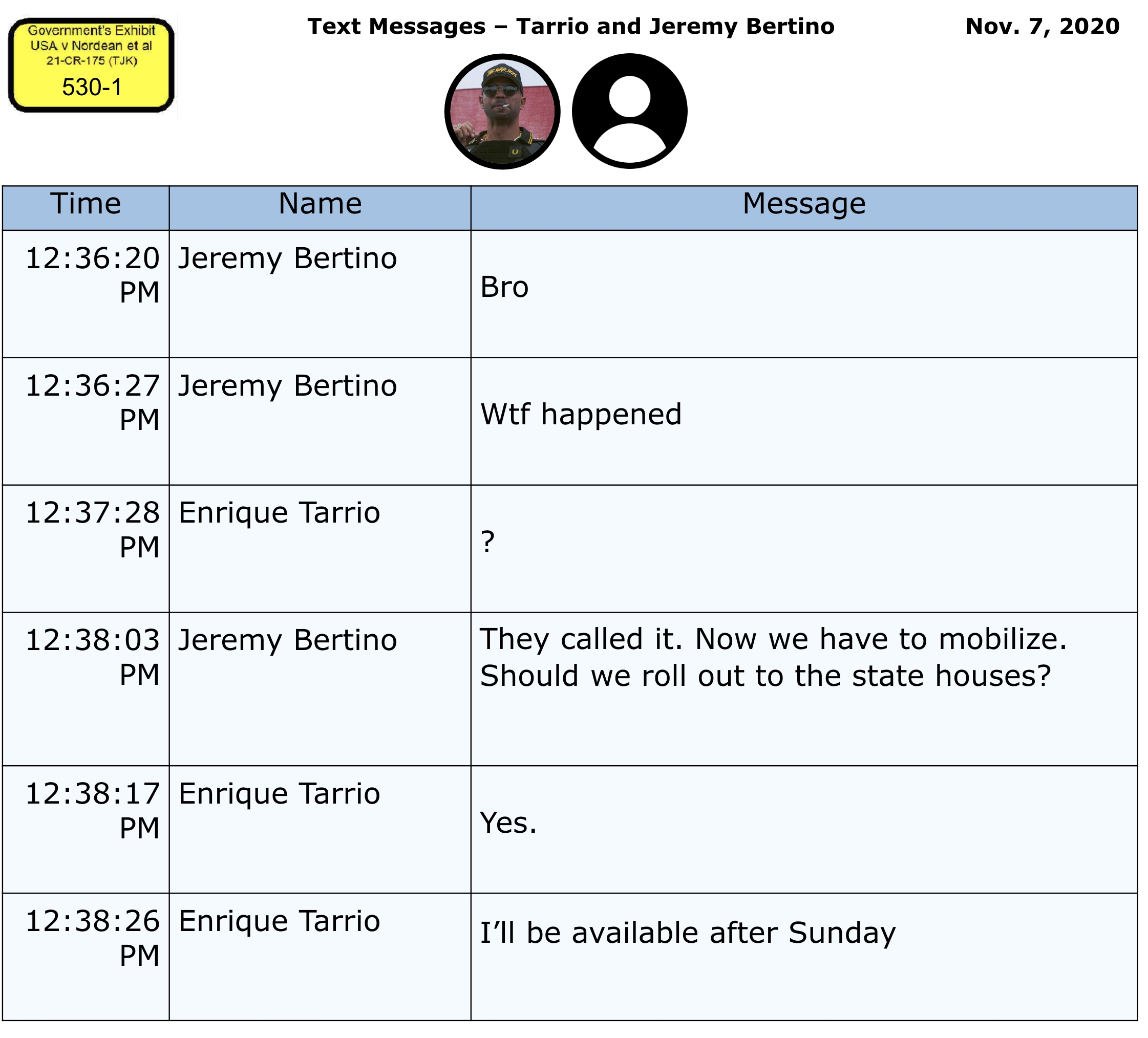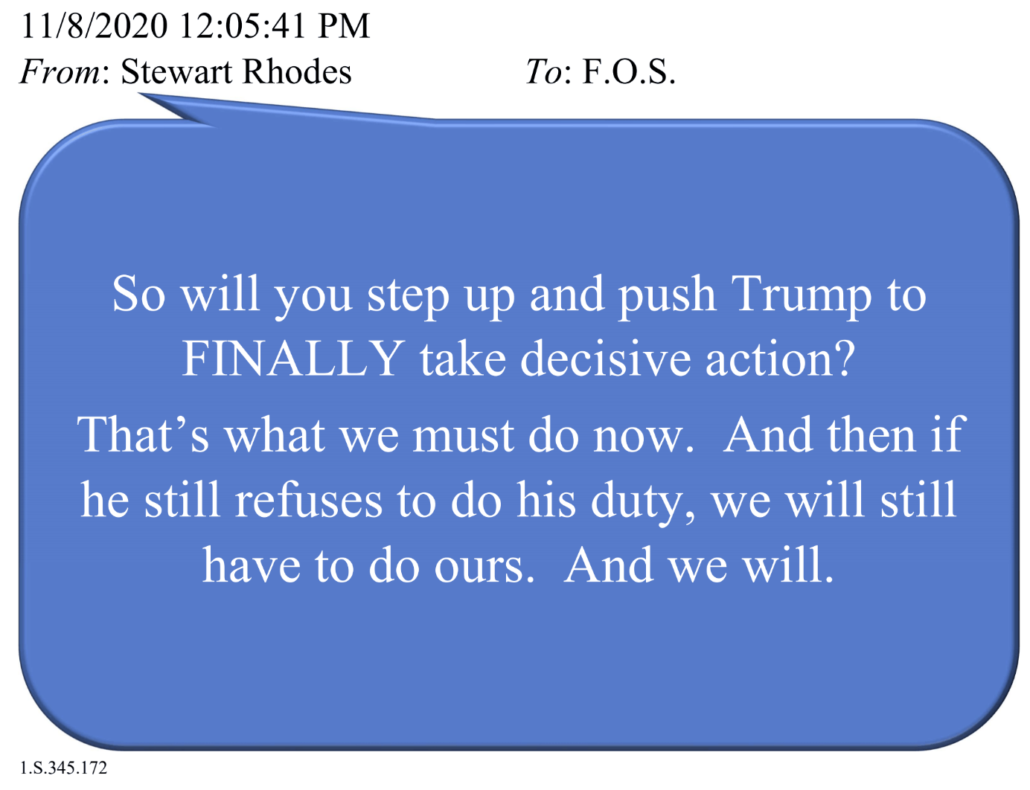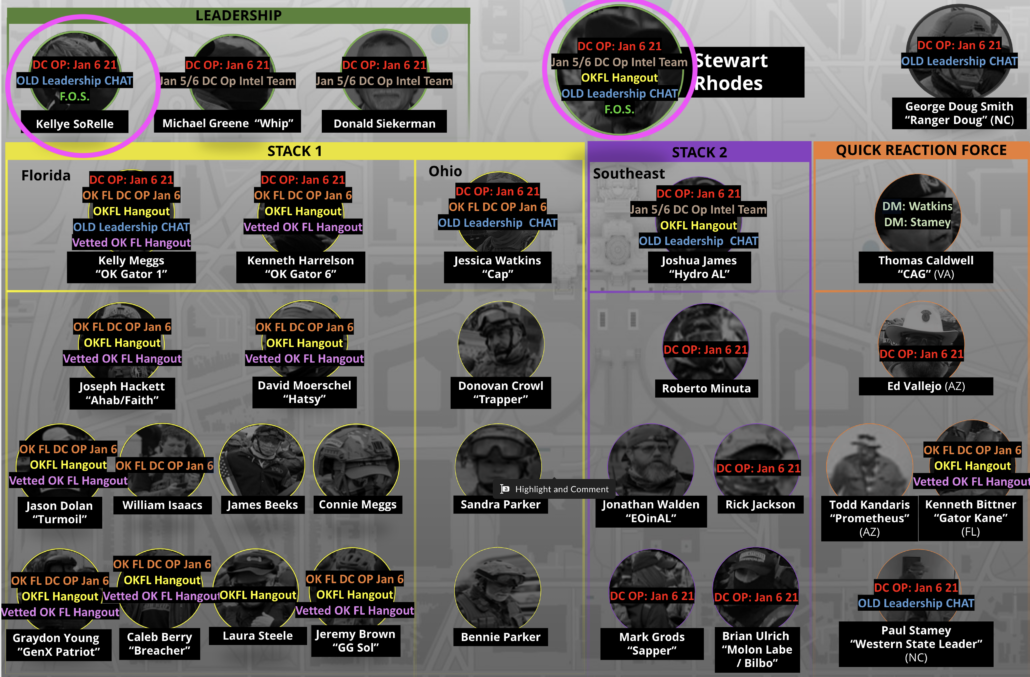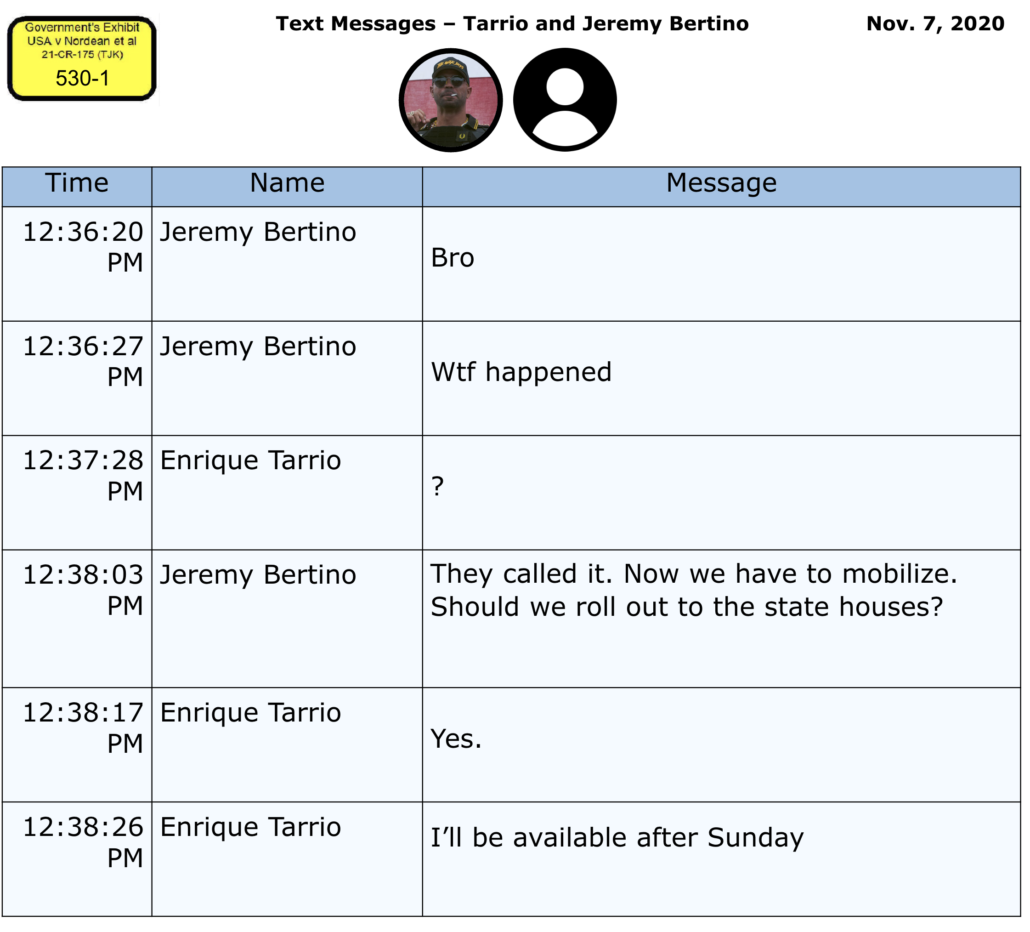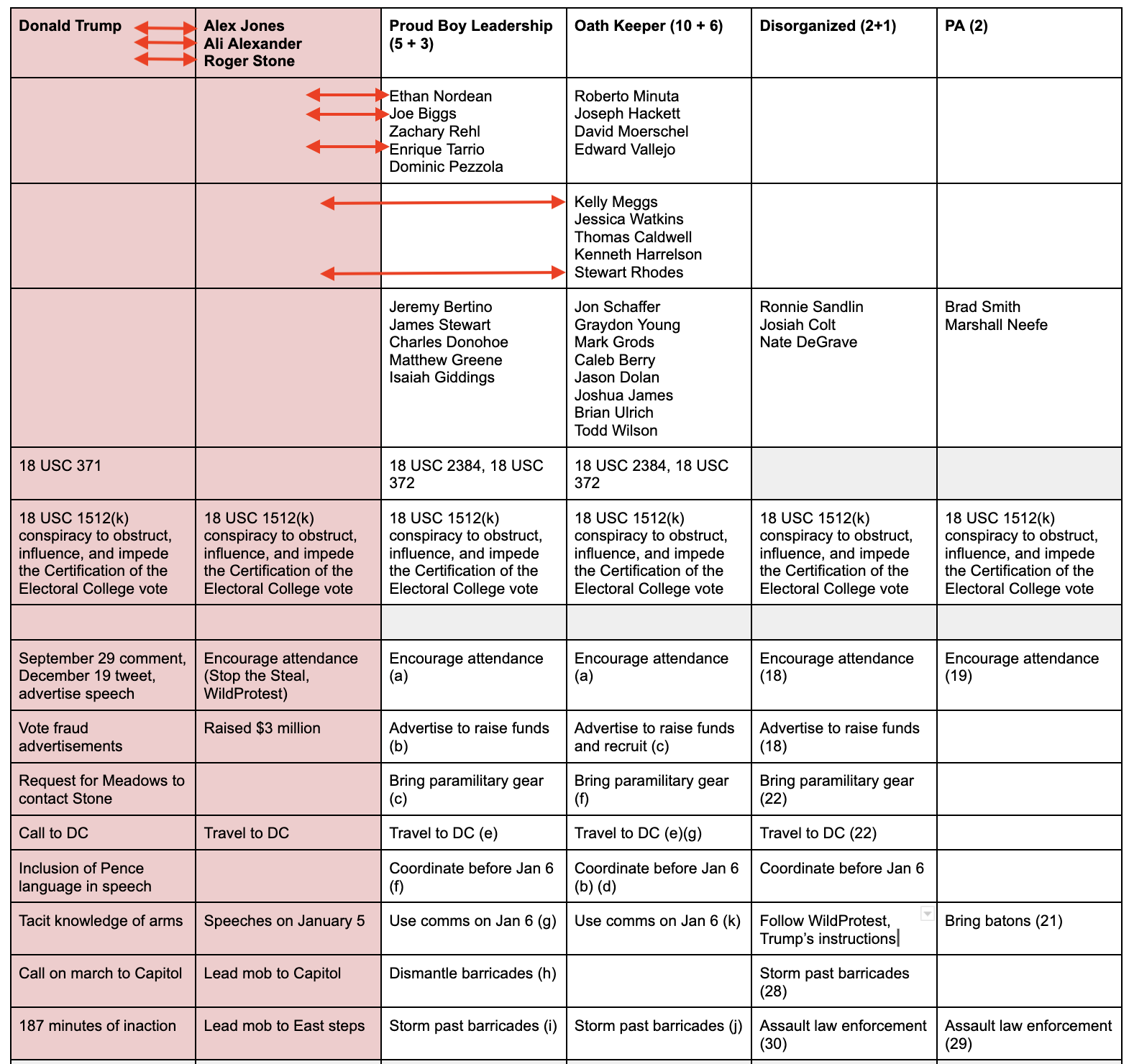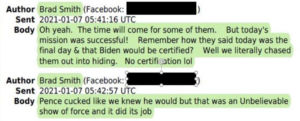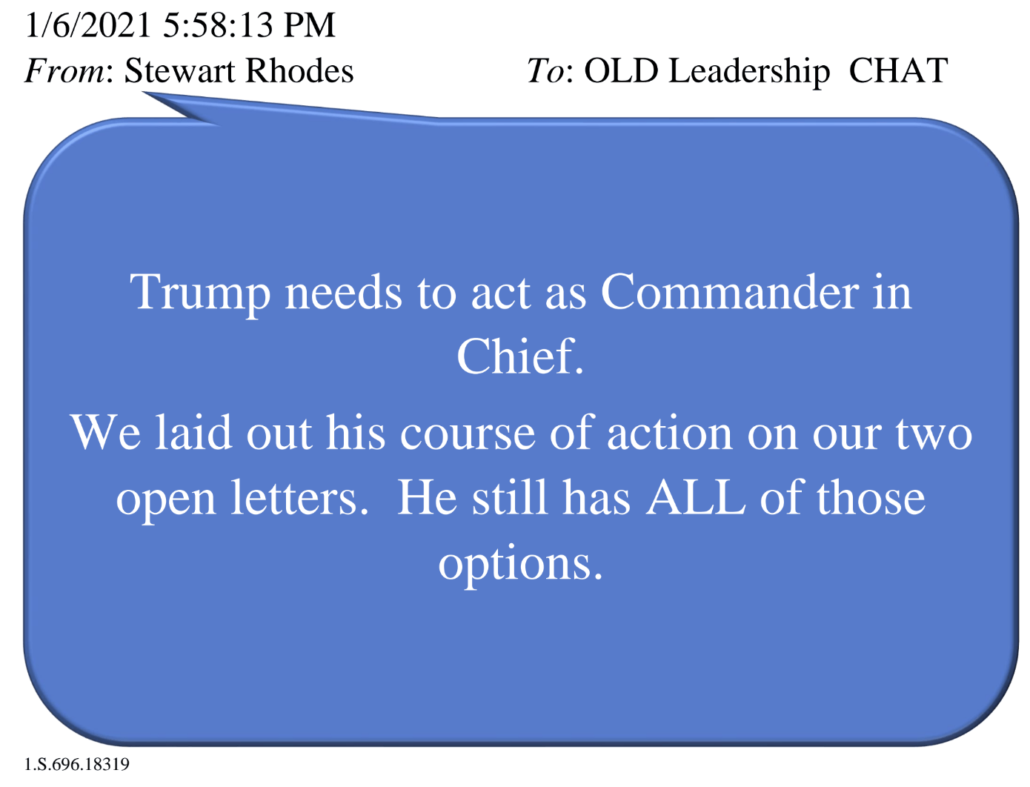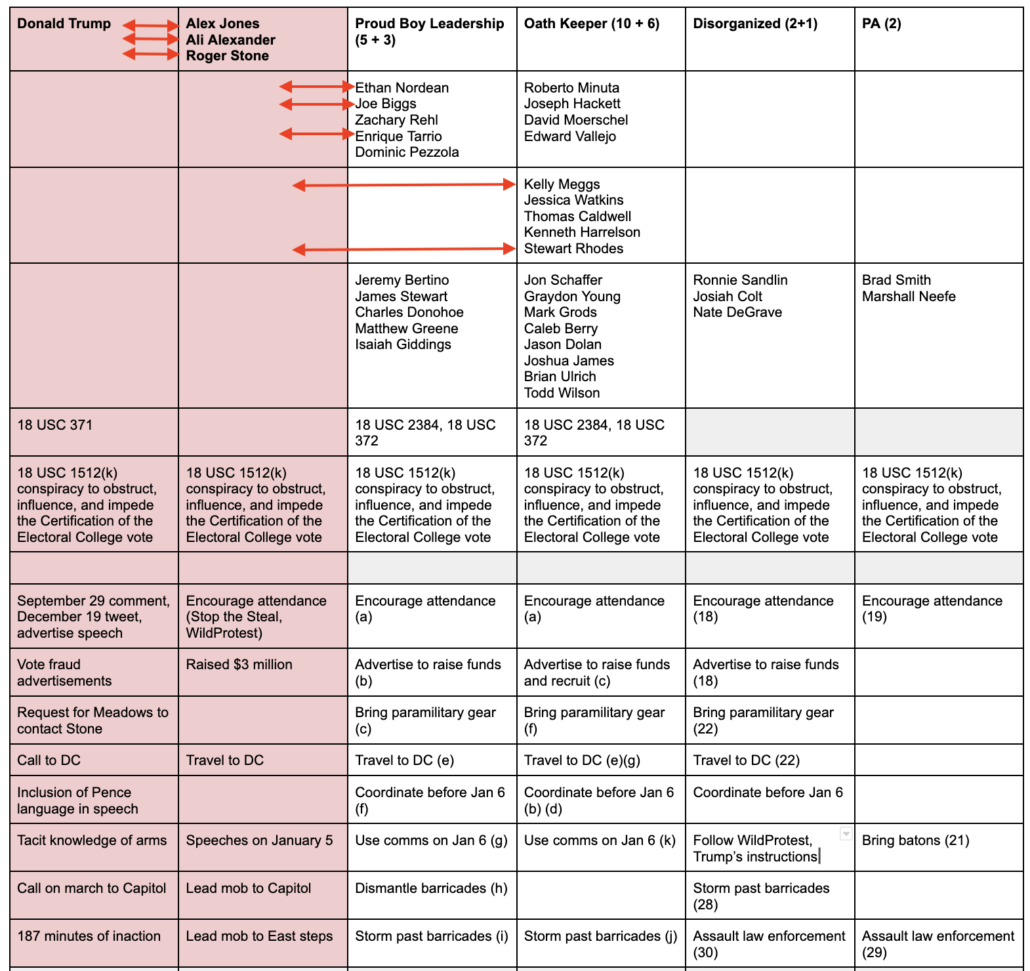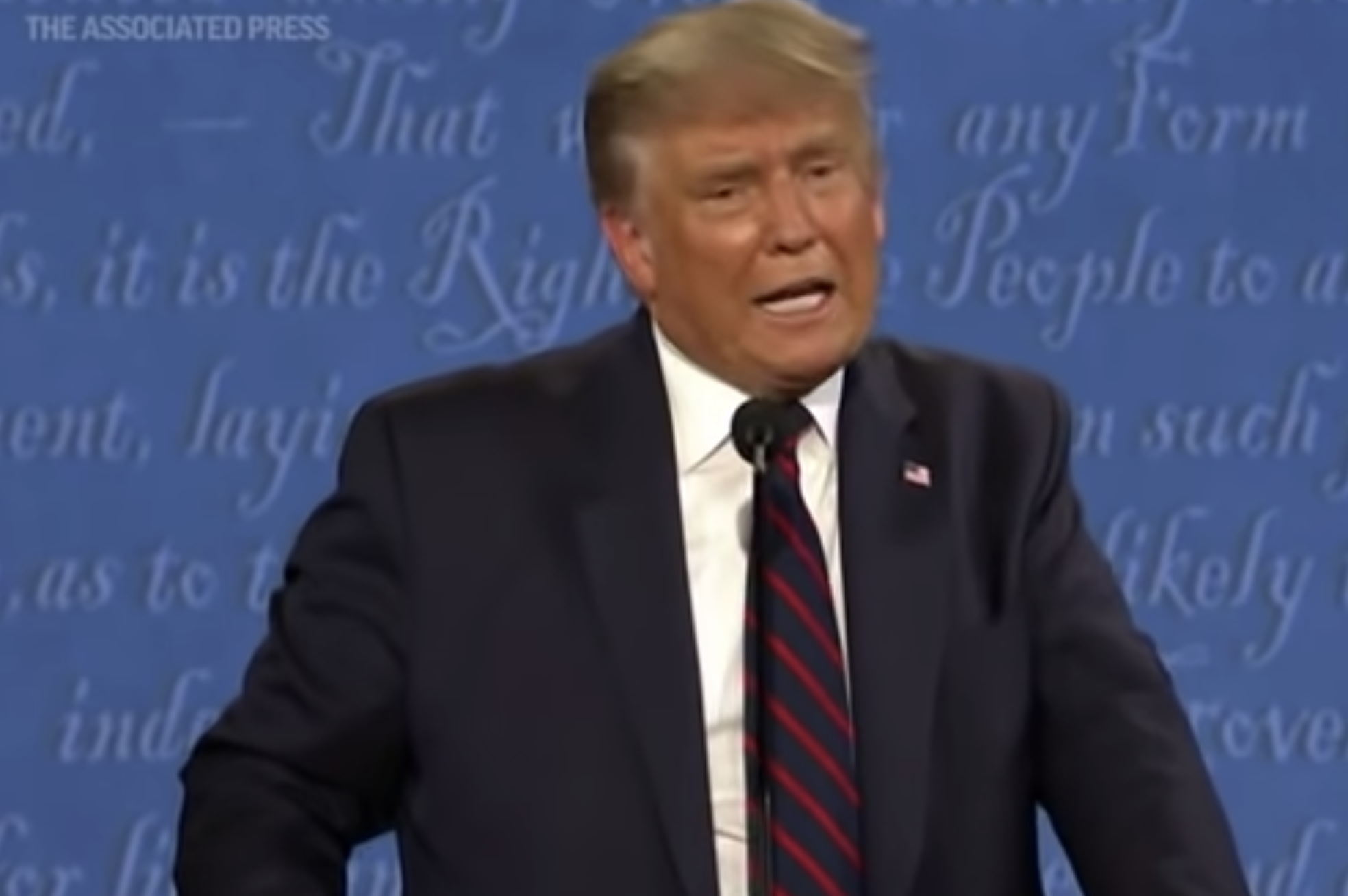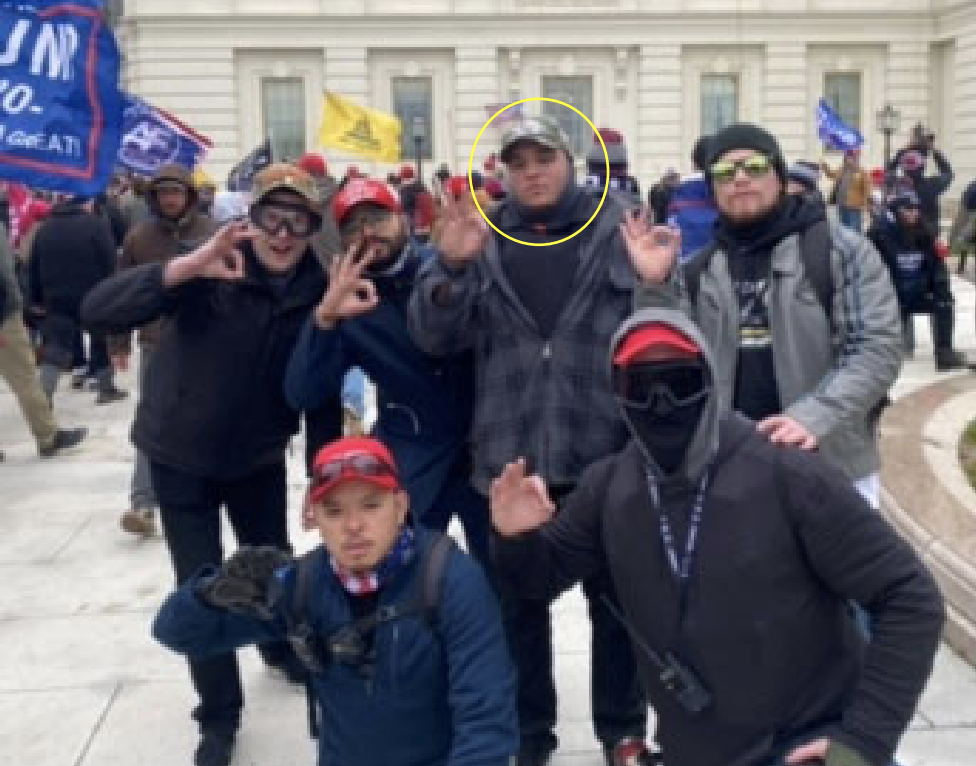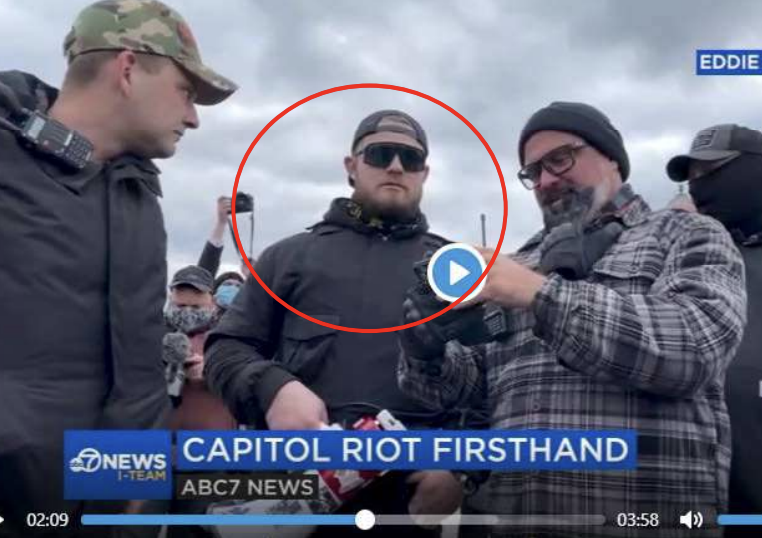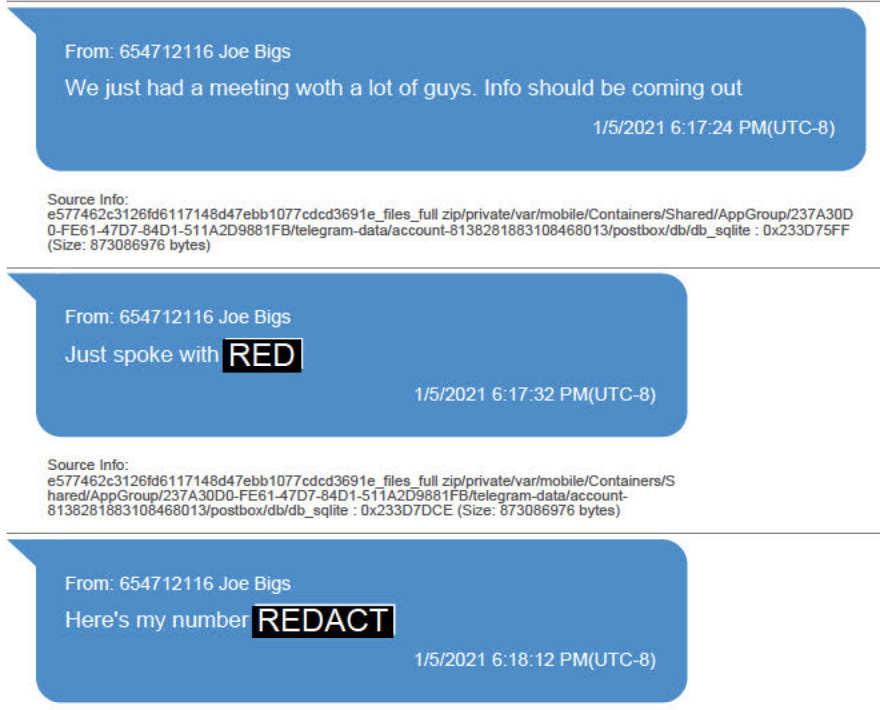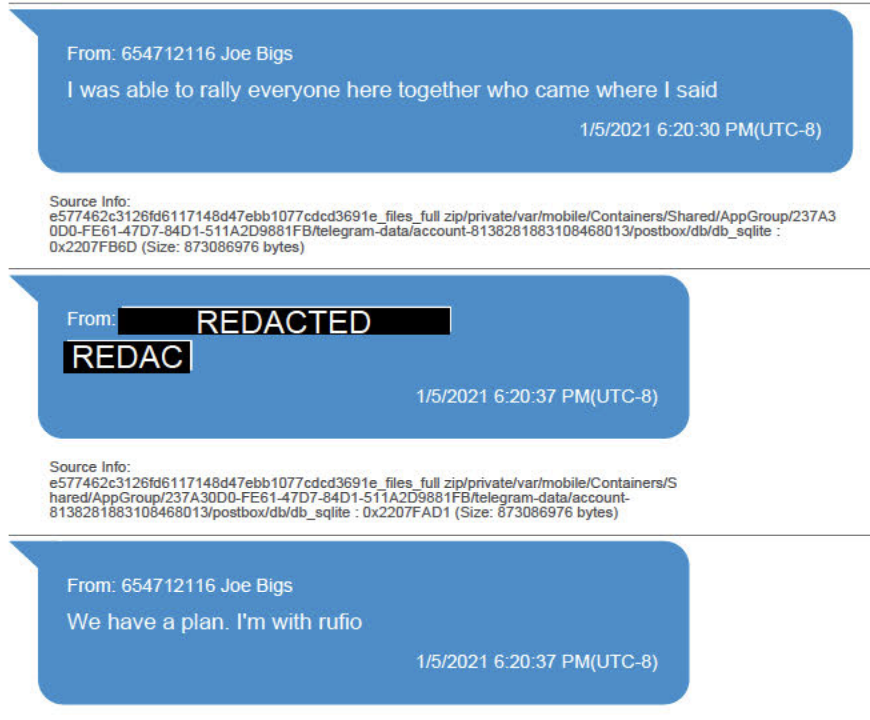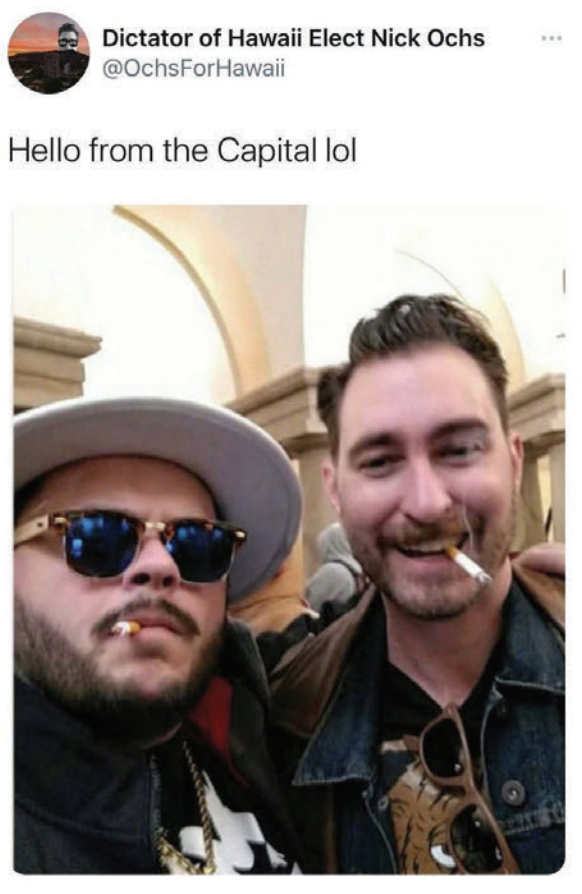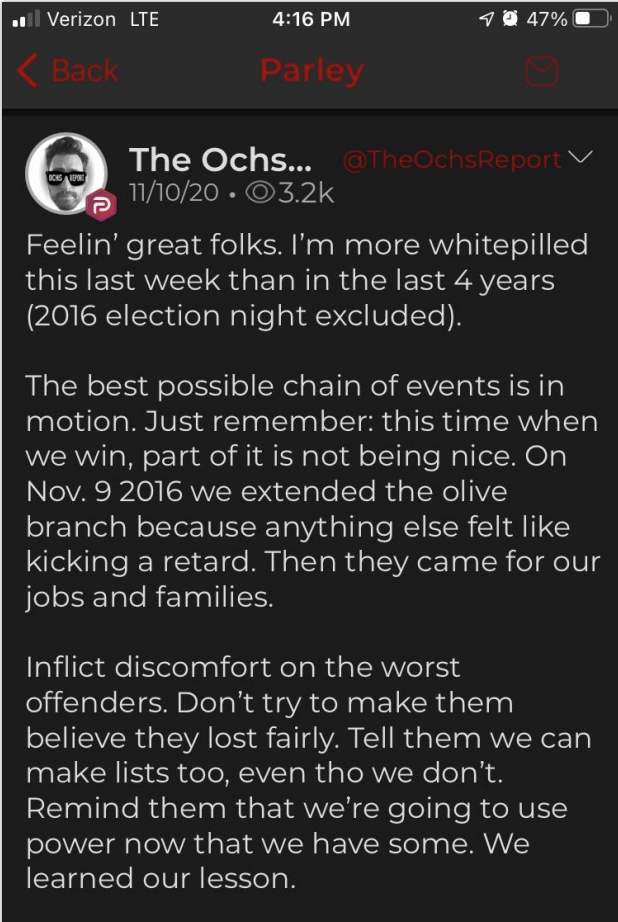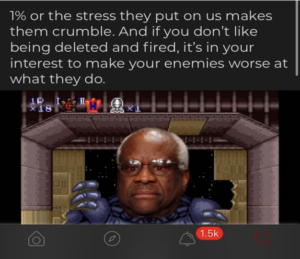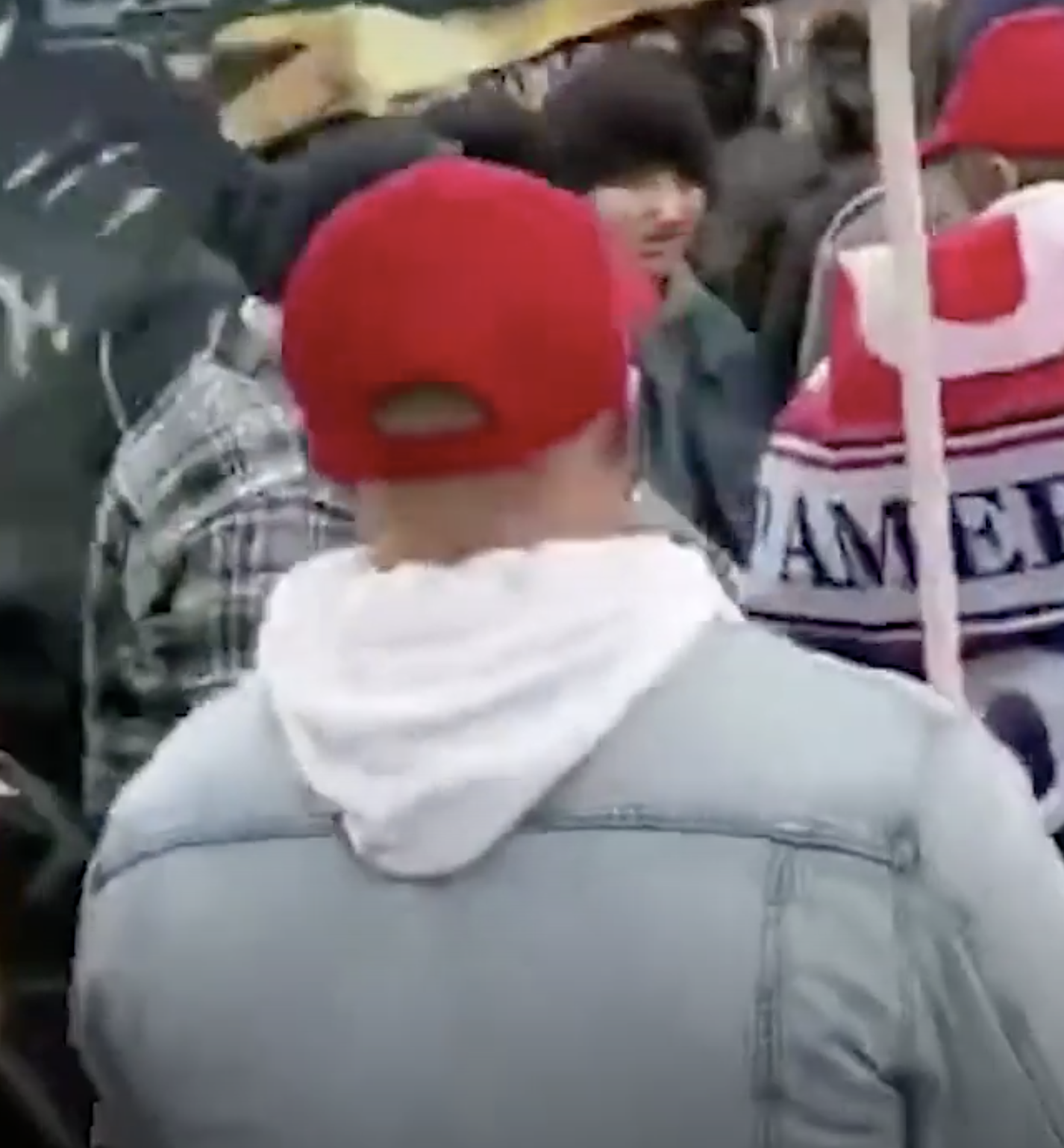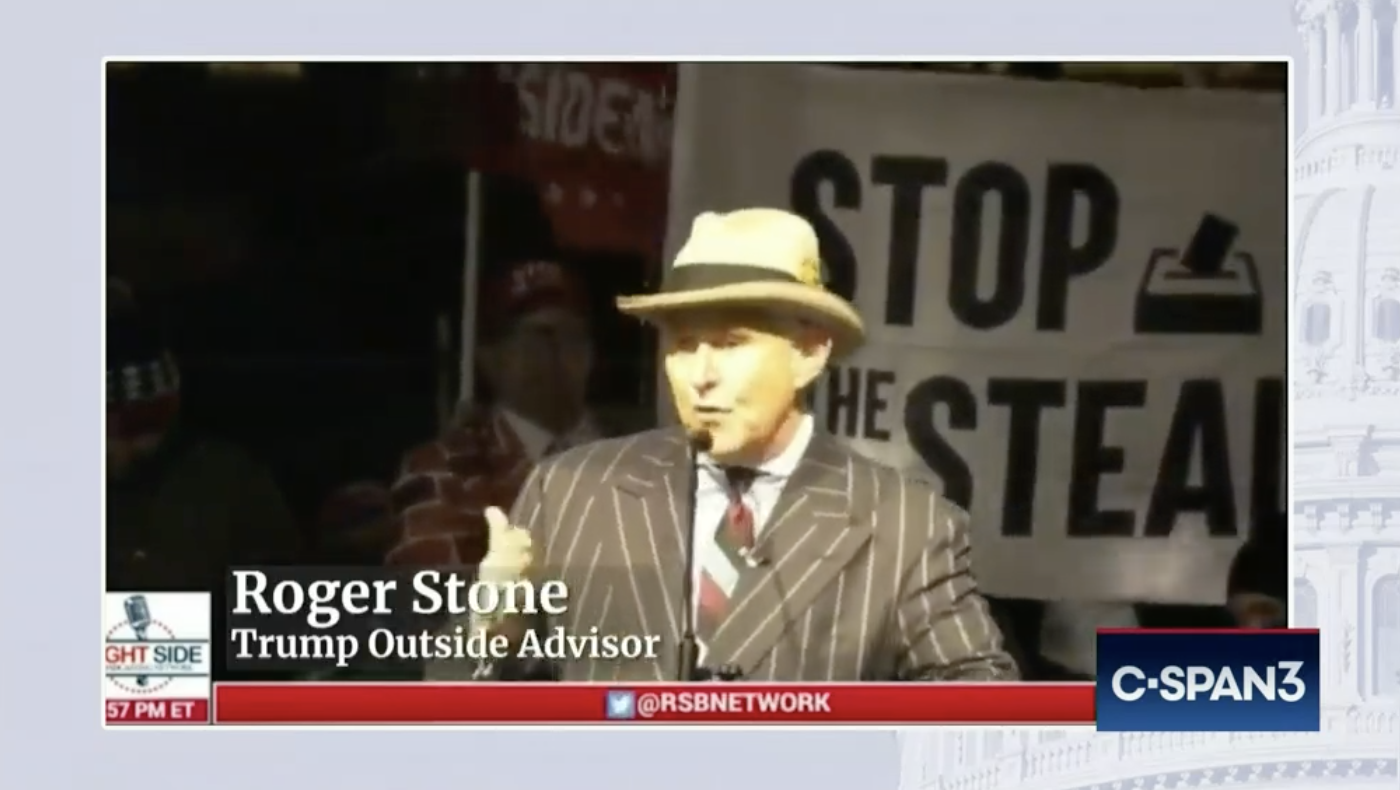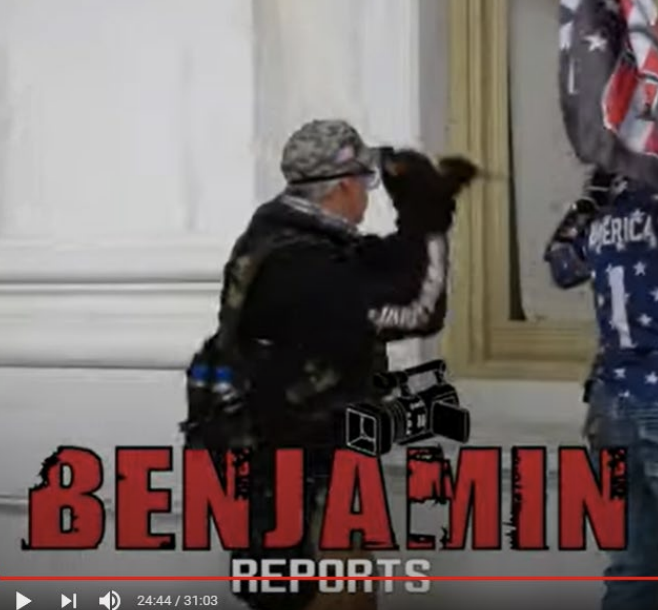How J6C’s Obstinance on Transcripts Enabled Dominic Pezzola’s Attempt to Sow Conspiracy Theories
On Friday, lawyers for Proud Boy Dominic Pezzola (who are among the more conspiratorial of the Proud Boy defense attorneys) filed a motion for a mistrial claiming that the “Winter Palace” document Enrique Tarrio received from one of his at least three girlfriends was created by the government. Here’s how the document was admitted as evidence last Thursday.
At issue is testimony that Samuel Armes provided to the January 6 Committee (and, as we’ll see, a grand jury) regarding his recognition that a document he created as part of imagining how an attack on the electoral certification would happen was altered to become the Winter Palace document.
Pezzola’s lawyer, Robert Root (who joined his team days before trial started) argued that when Judge Kelly ruled the document was admissible back in December, defense attorneys had not yet seen Armes’ testimony, and so could not argue that Armes — who claimed he had been trained to be a spook — was a government agent framing the Proud Boys.
According to the Politico article, Ms. Flores also gave an interview to the Jan. 6 Committee. And Ms. Flores reportedly testified that Armes was the author of the entirety of “1776 Returns” and that this FBI and CIA member or associate asked her to share it with Tarrio.
If true, this means that the most damning document in this trial was authored by the intelligence community—someone “groomed” by the FBI itself. And this CIA and FBI asset requested Tarrio’s friend to share the document with Tarrio just prior to January 6. [emphasis original]
The filing relies heavily on this Politico story, which extrapolates about a communication the January 6 Committee had with the girlfriend in question, Eryka Flores, but which was not released as a transcript.
In my opinion, this filing was designed first and foremost as bait for Jim Jordan to claim that even the Proud Boy prosecution is just the Deep State trying to frame Donald Trump, and only secondarily as yet another of the often frivolous motions for a mistrial defense attorneys have lodged in this case.
But the government has responded in here, partly by (inappropriately, in my opinion) mocking the illogic of Pezzola’s challenge, before going on to explain how the testimony of Armes, at least, totally rebuts Pezzola’s claims.
The government strongly disagrees with Pezzola’s characterization of both the facts and the record with respect to these assertions. The government robustly agrees with defendant Pezzola that it would have been egregiously improper for a member of the U.S. Intelligence Community to have conducted a domestic intelligence operation targeting Enrique Tarrio, a U.S. Person, and providing him with a plan to “storm” (or “occupy” or “sit in”) House and Senate Office Buildings on January 6. It would have been even more improper for a member of the U.S. Intelligence Community to send this plan to the leader of the Proud Boys when, just months before, then-President Trump had exhorted the Proud Boys to “stand back and stand by” during a nationally televised debate. And it would have been egregious indeed for a member of the U.S. Intelligence Community to send such a document to the leader of the Proud Boys in advance of January 6, in the wake of the violent attacks the Proud Boys were associated with in Washington, D.C., on November 14, and December 12, 2020. Surely, had the government planted such a document in the inbox of defendant Tarrio (ECF 660 at 5), one would hope that the U.S. Intelligence Community would have hewed to the truth of what happened on January 6 and included the Capitol as one of the targeted buildings.
The filing notes that, contrary to the claimed late notice with the release of the transcripts, the Proud Boys already received October 7 grand jury testimony from Armes that tracks his J6C testimony, a transcript from Flores’s May grand jury testimony showing her invoking the Fifth repeatedly, and a third witness describing receiving the document from Flores on a date that would be before she sent it to Tarrio on December 30.
The information that Samuel Armes drafted a document that inspired portions of the Government Exhibit 528-1 was disclosed to defense counsel by the government on November 16, 2022, when it provided counsel with a copy of Armes’ October 7, 2022, grand jury testimony.
[snip]
Armes testified that he shared his “wargaming” exercise in the form of a three- to five-page Google document with “Erika Flores” sometime between August 2020 and January 2021. 7/18/2022 HSC Tr. at 12; 10/6/2022 Grand Jury Tr. at 26. When asked why Flores told the House Select Committee that Armes had drafted the document, he testified “I guess she is just blame shifting.” 7/18/2022 HSC Tr. at 20. Armes surmised that Flores had taken his “ideas as an inspiration, and her or some group of people then turned it into ‘1776 Returns.’” Id. Indeed, when subpoenaed to testify before the Grand Jury in this case on May 3, 2022, Flores answered only brief biographical questions and then invoked her fifth amendment right not to testify repeatedly in response to more than 50 transcript pages worth of questions by the government about the “1776 Returns” document. That transcript was provided to defense counsel on November 16, 2022.1
1 On that same day, counsel were provided with the grand jury transcript of another witness who testified that a girlfriend of Enrique Tarrio known as “Erika” had messaged a document to the witness about two weeks before January 6 and asked the witness to fill in the names of people to participate in an “infiltration plan.” The witness further recalled that the individuals were to dress like they belonged in the buildings and to have set up prior meetings to gain access. Compare Government Ex. 528-1 at pages 3, 6.
The third witness may be Jeremy Liggett, whom J6C investigators suggested had some tie to the document as well.
There are just three problems with this.
First, as Politico reported today, Flores didn’t invoke the Fifth to the J6C.
Two investigators familiar with her interview — an informal, untranscribed appearance in early 2022 — say that while she was a reluctant witness and initially planned to plead the Fifth, she ultimately agreed to answer some questions about the document.
“Instead of pleading the Fifth, we did an interview with her,” one of the investigators said, speaking on condition of anonymity to describe information the committee had not publicly released. “She gave us the name of Samuel Armes as the name of the individual who wrote the document.”
[snip]
The select committee investigators said they found Armes to be more forthcoming than Flores, who they said exhibited a “general apprehension.” Flores didn’t respond to messages and emails seeking comment.
“She acted like she didn’t know what it was at all,” said one of the investigators.
The two investigators said Flores indicated she had shared the document with Tarrio to impress him during a sensitive phase in their relationship and disclaimed specific knowledge about its contents.
The Stone-related witnesses very carefully manipulated the J6C, and Flores’ decision to testify may be an example. At the very least, Pezzola may have basis to demand that Kelly immunize Flores.
Another problem is that Jocelyn Ballantine is formally on the government response. I’ve noted before how insanely stupid it is for DOJ to have her in an increasingly senior role in the January 6 committee, and discovery disputes like this are precisely why.
The third problem with all this is that DOJ should be able to get Google metadata associated with the document to provide more clarity about the document. Perhaps a later witness will explain efforts to do so (thus far, it has just been introduced as an attachment to a Telegram text). But there are outstanding questions that may have answers.
In any case, this is now the second time that J6C’s refusal to turn over transcripts has endangered this prosecution.

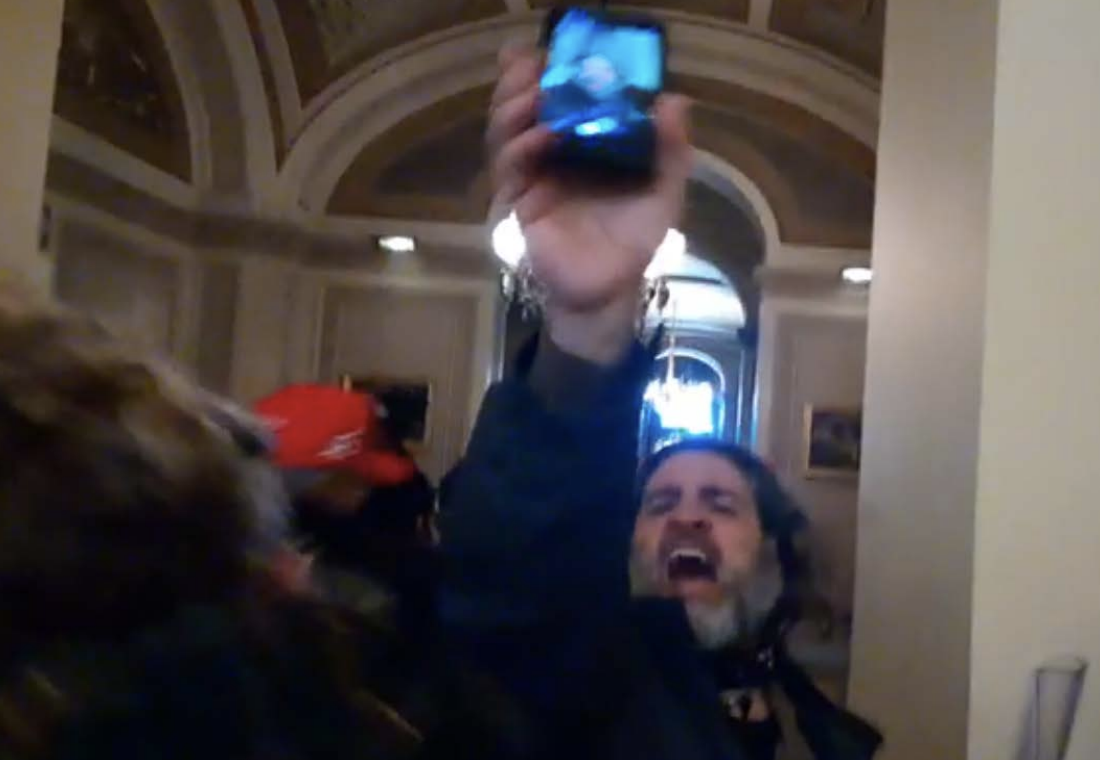 Pezzola
Pezzola